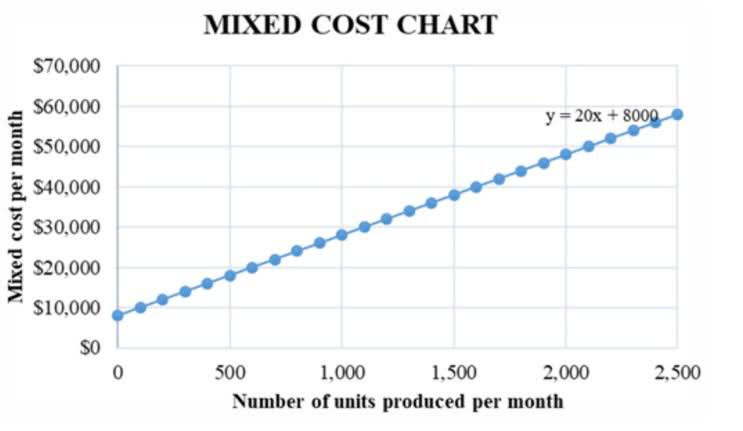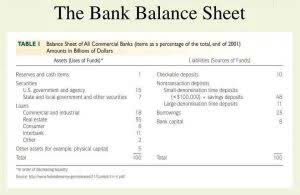
This is also true of companies that change tax status from a private, nontaxable company to a taxable C-corporation to file for an IPO. The pro forma financial statements, including pro forma earnings per share calculated, must be submitted. Used to show company results to investors, pro forma financial statements are often combined with generally accepted accounting principles (GAAP) adjusted statements. Pro forma financial statements are not computed using GAAP and are often called non-GAAP. GAAP-adjusted statements are uniform financial statements guided by rules of the Financial Accounting Standard Board (FASB). They differ from pro forma statements in that they are not projections, but rather historical reports — therefore, they do not consider things like litigation costs, restructuring charges, and other one-time items.
What is a pro forma income statement?
That means taking info from the income statement, then using the cash flow statement format to plot out where your money is going, and what you’ll have on hand at any one time. This pro forma statement can be part of a larger cash flow forecast used for decision making. Creating a pro forma statement is important because it allows businesses to make informed financial projections based on assumptions and hypothetical scenarios. This aids in planning, decision-making, and assessing the potential outcomes of various business strategies. Pro forma financial statements are valuable tools for forecasting potential financial outcomes based on hypothetical scenarios and assumptions.
- Instead, it’s a tool created by management to help project future performance and plan future events.
- We know early on that it’s impossible to predict the future, no matter how many people (like potential investors) seem to be pressing us to do so.
- Likewise, a company looking to secure a bank loan for a new facility might provide pro forma statements to showcase its ability to meet debt obligations.
- If it’s negative, it means you won’t have enough cash on-hand to run your business, according to your current trajectory.
- Pro forma income statements, also called pro forma profit and loss (pro forma P&L), are projections based on your past income statements.
- Pro forma financial statements are projections of future expenses and revenues, based on a company’s past experience and future plans.
Startup Operating Expense Example
Estimating and projecting the balance sheet is also a common practice because investors and creditors want to use the balance sheet to analyze debt ratios, liquidity levels, and overall leverage of the company. The best way to package a quote for your goods and services is by using a pro forma invoice, also called a draft invoice. Companies’ definitions of pro forma vary along with their internal methods for forecasting and making assumptions. For this reason, investors must examine not only the pro forma earnings, but also GAAP earnings, and never mistake one for the other. GAAP enforces strict guidelines when companies report earnings, while pro forma figures are better thought of as hypothetical earnings.
Q: What are the 3 benefits of creating a pro forma?

Early-stage startups are still building their financial models with assumptions, forecasting everything from sales revenue to marketing costs to a basic cash flow projection. You can use pro forma income statement projections to establish best and worst case financial scenarios. This helps you realize the range of outcomes your startup can realistically expect in terms of your income.
How do pro forma and traditional profit and loss statements differ?
- In the case of estimated cash overages, the company can produce a plan for investment.
- She surveys her customers, chats with other local business owners, and keeps an eye on upcoming fashion trends.
- It’s possible that we might grow out of this tool in 6 months and need something more customized or complex.
- This wasn’t just any oven; it was the heart of the bakery’s expansion plan, significantly impacting both assets and liabilities.
- Pro forma financial statements are projections that consider hypothetical situations, such as a proposed transaction or a new product launch.
It’s a crucial indicator of your business’s financial health and efficiency. Let’s begin with the income statement, using a percent of sales forecast to keep everything straightforward. Start with an income statement from your most recent fiscal year and identify which items you’ll adjust for the projection.
Step 2: Estimate Your Costs of Goods Sold (COGS)
In this case, the company is projecting the future, based on its knowledge of past sales and expenses and factoring in expected changes. Keep in mind, expenses can be fixed or variable, and they are calculated as a percentage of sales. You can calculate a base percentage of sales by averaging sales over a certain time frame, and then use that percentage to estimate your projections. For example, a bakery customer might agree to the price of a cake on a pro forma invoice, and the baker will deliver the cake once it is ready. The customer will then pay for it when they receive the final, formal invoice. The final invoice amount should be the same or close to the amount on the pro forma invoice.
Step #4 Pressure test assumptions
- The trouble with this method is that it’s super manual — which is where monday.com’s Pro Forma Template comes to the rescue.
- She factors in the cost of renovations, additional inventory purchases, and potential increases in staffing.
- The purpose of a pro forma statement is to provide a forward-looking projection of a company’s financial performance based on certain assumptions or hypothetical scenarios.
- This assists them in evaluating the long-term viability and profitability of their restructuring plan.
- However, as the increased sales begin to kick in, the future looks promising, with a return to healthy cash flow levels and profitability.
However, recognizing their limitations and staying cautious in the decision-making process is key to fully leverage their value while avoiding potential pitfalls. They create pro forma statements combining their own historical financial information with that of the acquisition target. This enables them to better understand the combined entity’s future financial performance and potential synergetic effects.
Industries That Use Pro Forma

If certain initiatives you had planned haven’t given you the returns you expected, it’s unlikely they will in the future unless something has changed. The projections serve as windows of opportunities for startup founders to increase the production capacity and drive growth in a startup. You can pay close attention https://www.bookstime.com/ to the possible fluctuations in costs in advance. This will help you figure out the underlying sensitivities (e.g. maybe customer churn is a huge factor that needs preventative measures). On the other hand, you can also get projections that would deplete your startup’s capital and create financial challenges.
Pro Forma Balance Sheet
Securities and Exchange Commission has guidelines to govern the preparation of pro forma financial statements for public companies. They can help you make a business plan, create a financial forecast, and even get funding from potential investors or lenders. By leveraging proforma example pro forma projections, businesses can test hypothetical scenarios and make informed decisions, effectively planning and structuring their financial activities. Pro forma financial statements are used by business owners and companies for various strategic purposes.



